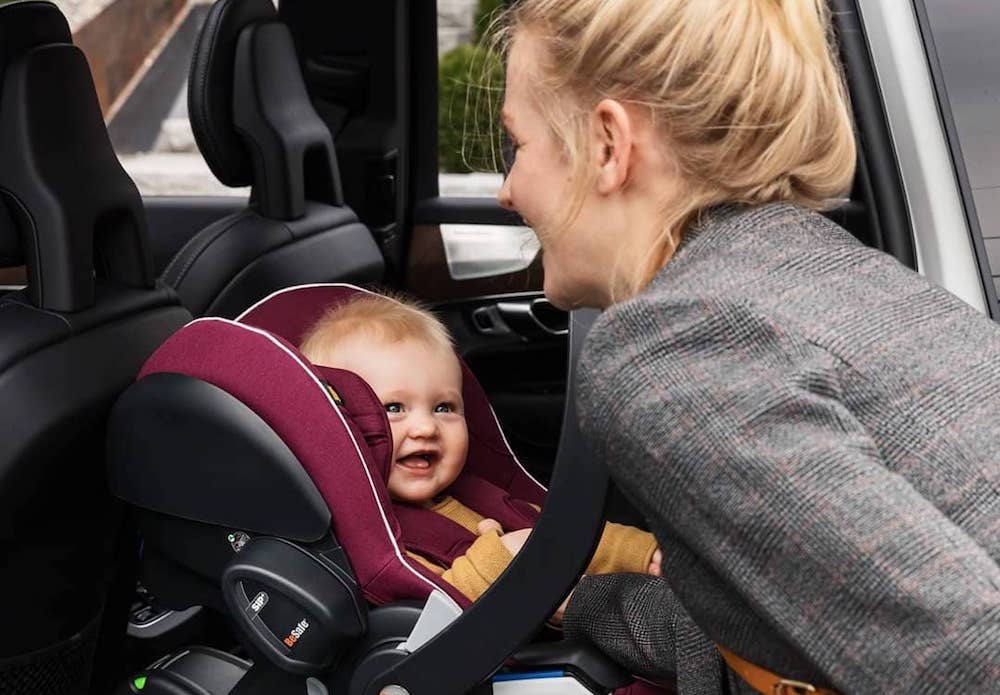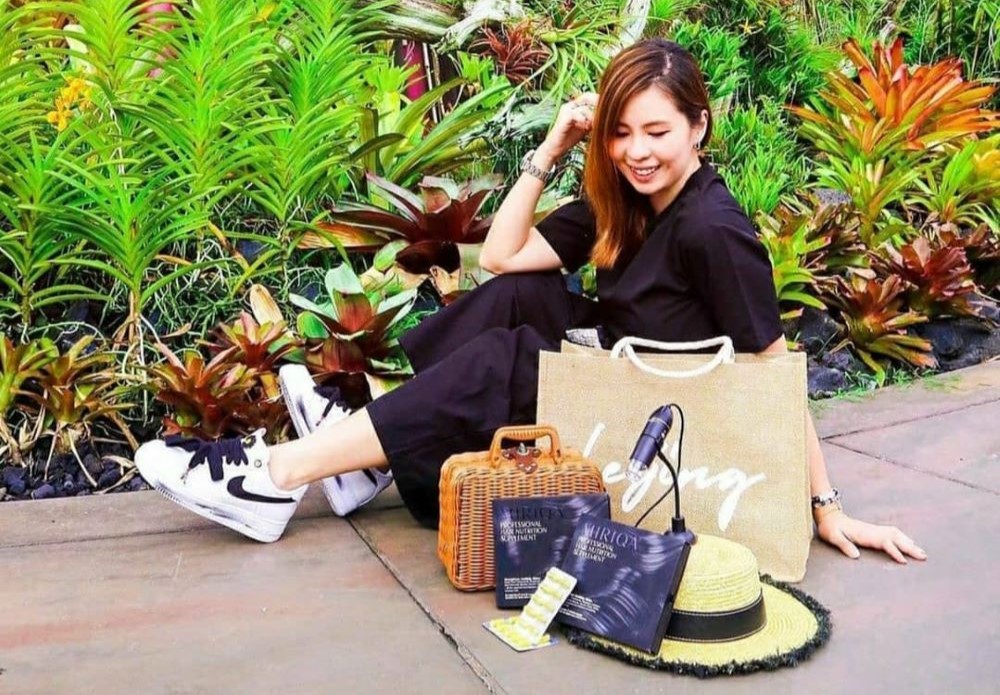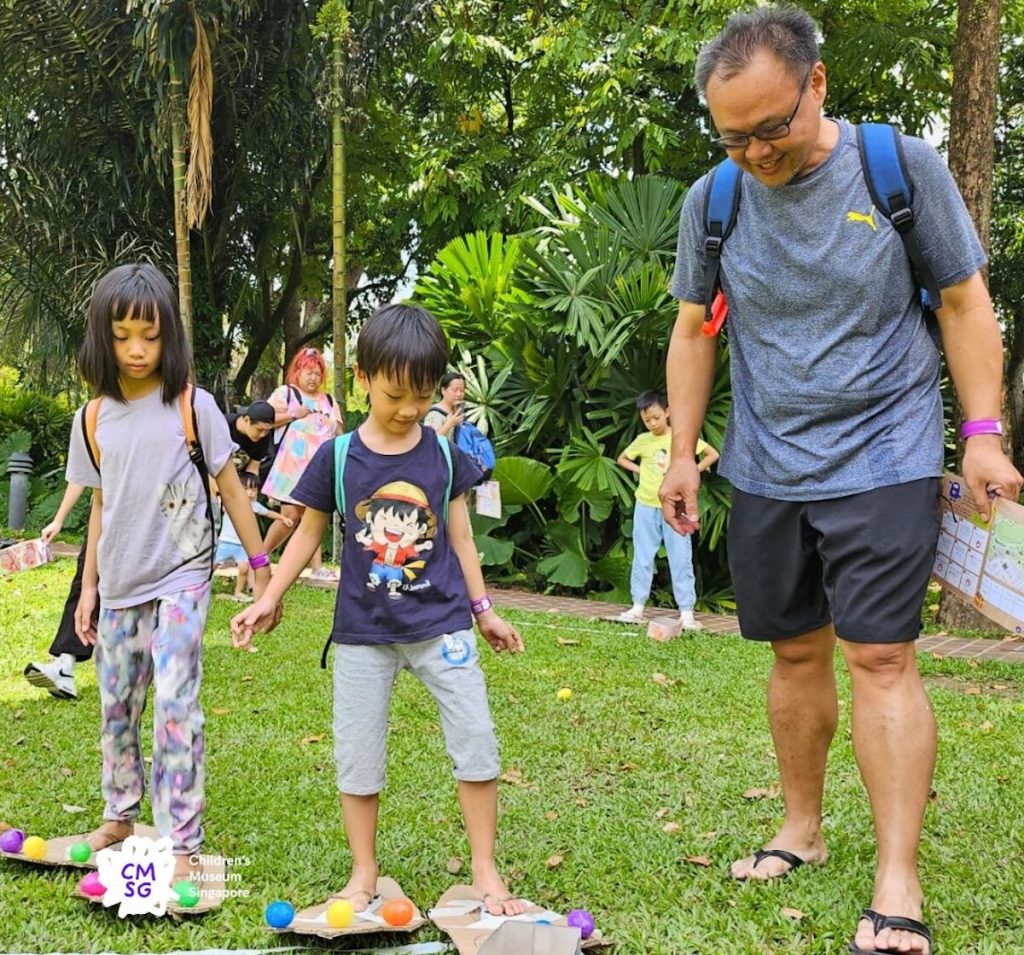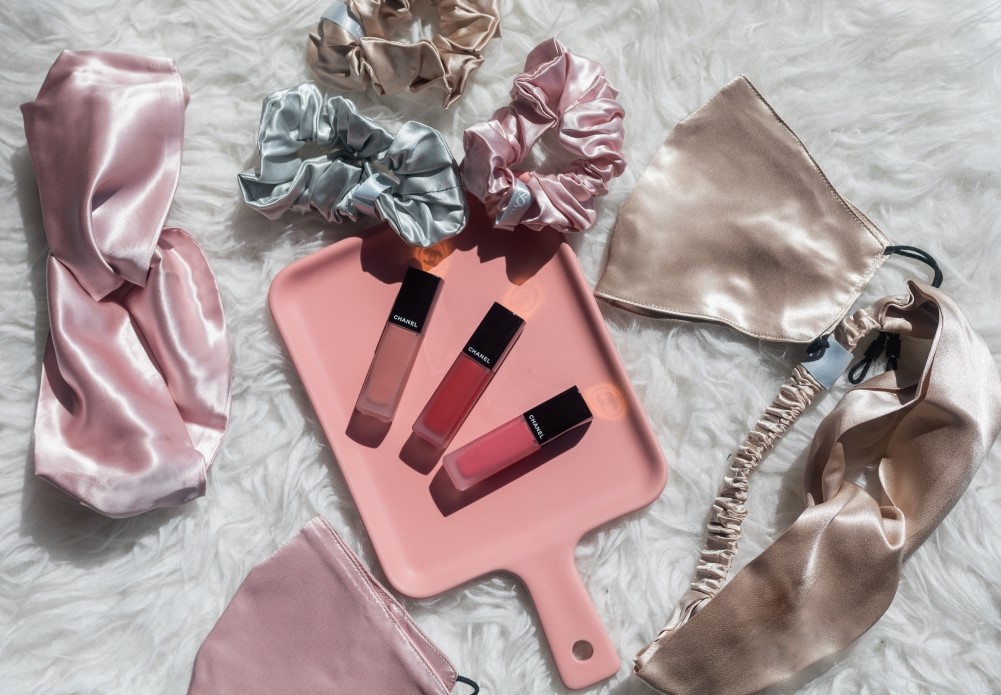Keep your little ones safe by learning to install your car seats correctly.
Prevent your babies from any vehicular accidents by correctly installing newborn and toddler car seats. Examples of these include convertible car seats, or seats compatible with strollers for a complete travel system. Learn why these are important and how to install them correctly.
Newborn Car Seats - A Necessity?
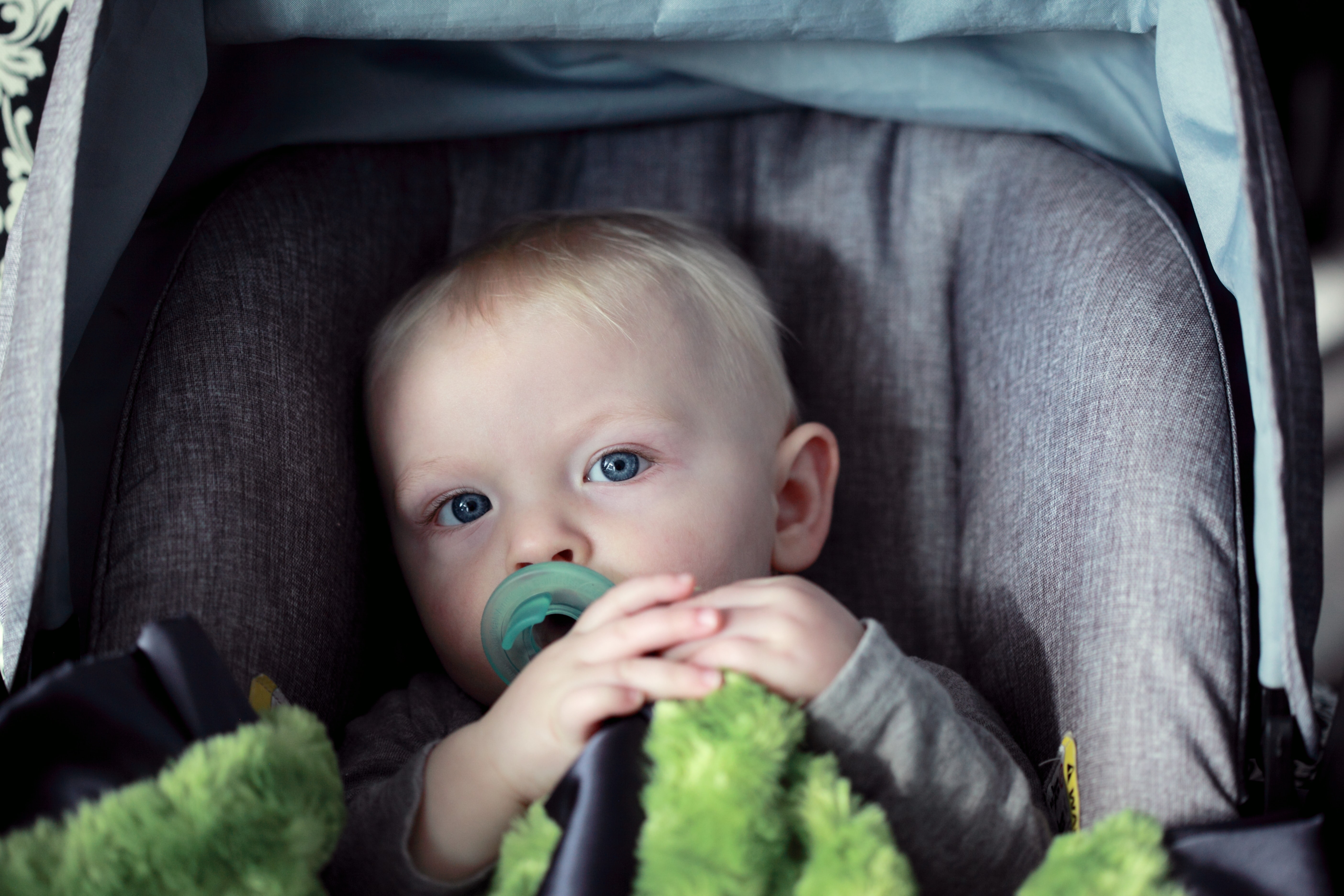
According to Singapore’s laws, secure your children below 1.35m with an appropriate restraint, booster seat or adjustable seatbelt. Of course, anyone taller than this should also be wearing a seatbelt. If found not wearing a seatbelt, they can be fined up to $1,000 or jailed up to three months – or both.
Hence, children should never ride in a car in their mother’s arms, a baby carrier or sling. Between 2012 to 2018, public hospitals have treated 1,203 children from below one to nine years old for traumatic injuries sustained from motor vehicular accidents. Approximately half of these children were wearing child seats and/or seatbelts. Bring a newborn car seat when taking a taxi or private hire cars. Taxis do not carry these, and Grab’s car seats are only for those above one.
Used Car Seats
If you’re considering using a car seat from a friend or relative, ensure it’s not older than four years. Models older than three years may not comply with current safety standards. As the plastic ages it may break easier, hence increasing the risk in the event of car accidents. Next, all parts should be in working order, with no slack or loose harnesses. These car seats should have either a three-point or five-point harness.
Make sure the manufacturer has not recalled the seats, there are no missing parts and the manual is included. Otherwise, you might be able to download the manuals online. Another criteria is that these seats have never been involved in any accidents, even if they’re minor, as hairline cracks can form in the seat shell.
Give the seat a thorough clean to remove any dirt, bacteria and sweat. Send it to the Pramwash Service at Motherswork’s store in Great World City. Indicate your booking date and time via a note when checking out. Options include the 30-min Express Plus package ($25.90) or the 60-min Basic package ($57.90). The Express Plus package consists of a high temperature and high pressure steam cleaning, killing bacteria, dust mites and bed bugs. Meanwhile, the Basic package includes vacuuming, washing, wiping and sterilising the fabrics and frame.
Installing Your Car Seats
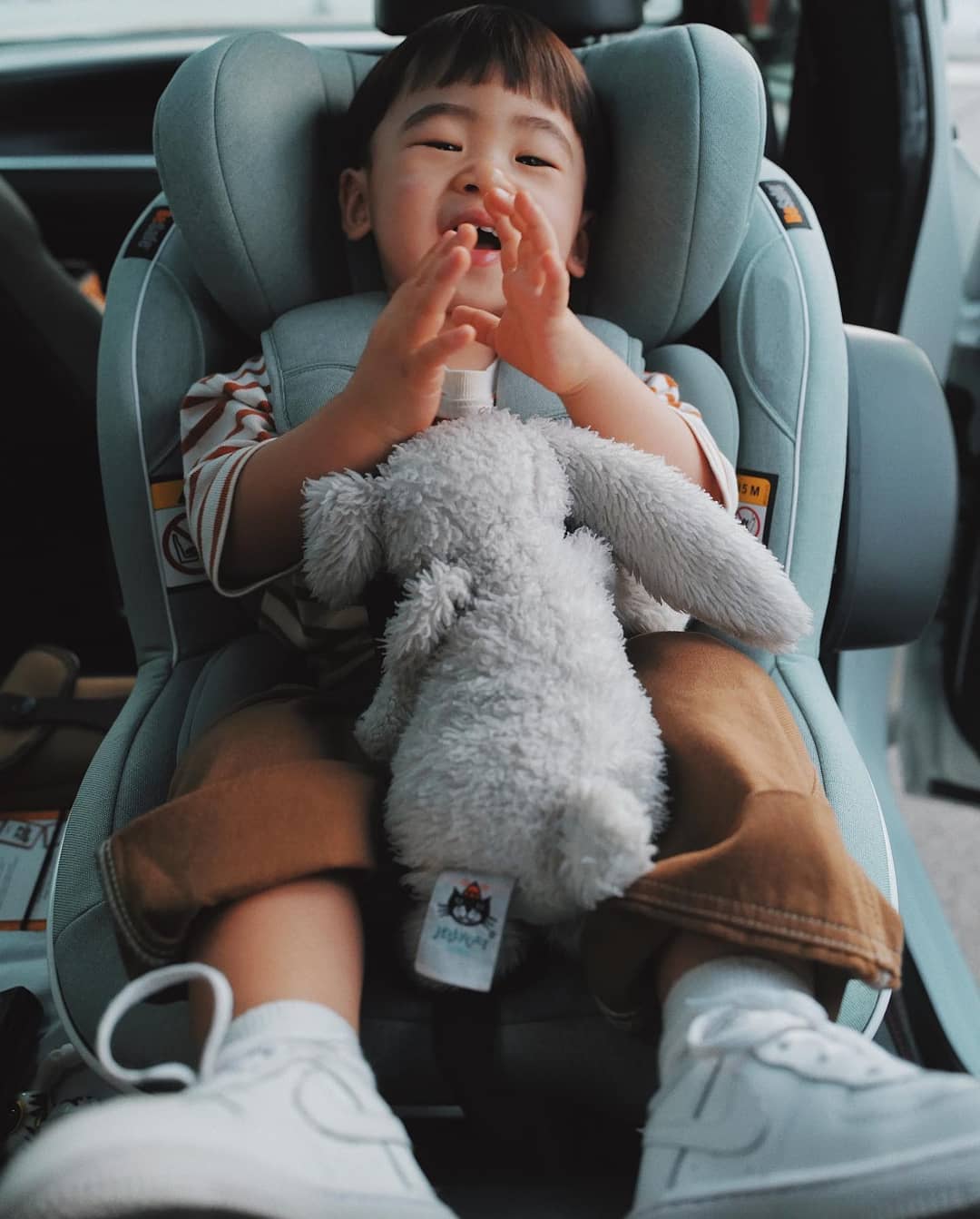
Install your car seat in the middle of the back seat, as side collisions are the most deadly. However, the position is less important than being able to install the seat correctly. Behind the driver may be safer since he/she instinctively protects this side of the vehicle. If you’re parallel parking, you may wish to install the car seat at the passenger’s side to easily get your baby out of the car.
Use the ISOFIX (International Standardisation Organisation, plus Fixation) or with regular seat belts. For taxis with ISOFIX anchors, book the Mercedes LimoCabs, the Hyundai i40, a “Green taxi” or SMRT Toyota Prius taxi. Use the Comfort DelGro or the SMRT apps to book. Try to choose a car seat that works with both installation methods.
Installing Your Car Seats with ISOFIX
Install the ISOFIX base in just three steps. Start by pulling out the ISOFIX fixing points or the yellow metal bars, and place the base of the car seat at the back seat. Next, push the seat firmly against the backrest. After this, lock the two fixing points into the vehicle’s seat’ metal clips – you should hear a click if done correctly. Confirm this with the colour indicator on the ISOFIX bases and car seats.
Some seats may come with a support leg or top tether. Install the support leg by pulling it down, and adjusting it to the correct height and put it on the floor of the car. When installed, the leg should be stable against the floor. Lock it firmly in position. Next, install the top tether. Clip the yellow hook onto the ISOFIX fixing point on the boot floor, then tighten the tether. Check the colour indicators to ensure these have been correctly installed.
Seat Belt Installation
Read both the car seat’s instruction manual and the vehicle owner’s manual. In particular, you’d need to learn how to “lock” the seat belt. Start by placing the car seat base in the back seat, then thread the seat belt through the rear-facing belt path. Ensure the seat belt is not twisted. After this, buckle and lock the seat belt. Next, press firmly down on the car seat, and tighten until the base is unable to move more than 2cm in any direction.
Additionally, recline the seat at an angle less than 45° – follow the indicators or adjusters on the car seat. You’ll need to adjust the angle as your child grows. Resources online include a YouTube video from the manufacturer. You should definitely practice installing and removing the seat to make sure you’re familiar with the process.
Emergency Locking vs Automatic Locking Retractor
In Singapore, most car seat belts have the Emergency Locking Retractor (ELR) mode that locks in an accident. Less common is the Automatic Locking Retractor (ALR) or child-restraint mode. In order to figure out which system the taxi or private hire car has, pull the belt out of the retractor, then feed 10cm of the belt back and pull on the belt again. If it’s in ELR mode, it requires a locking clip.
Newborn Car Seats
Stokke iZi Go Modular™ by BeSafe
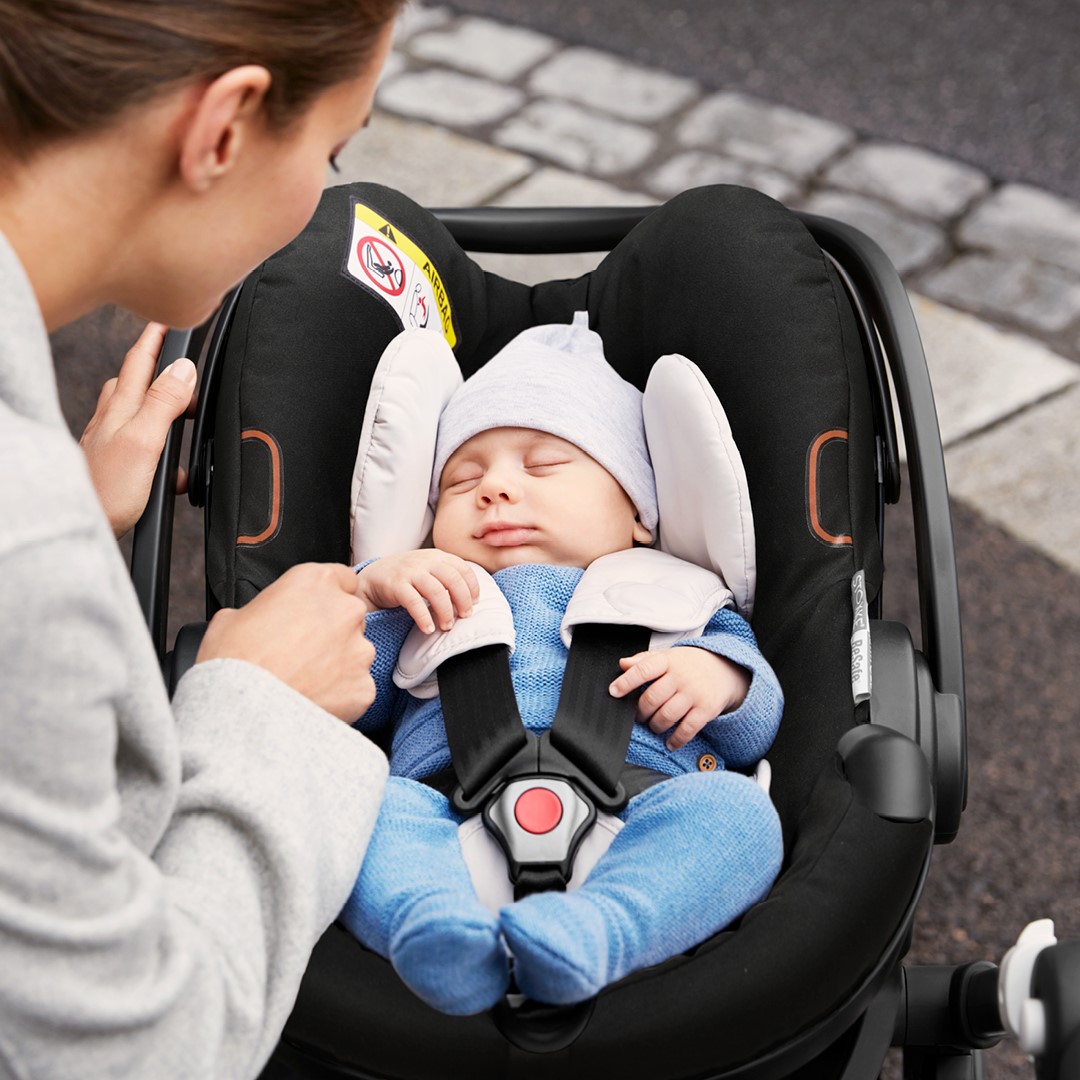
The Stokke iZi Go Modular™ by BeSafe® ($499) baby seat is easy to install with the ISOFIX base and carry around. Your baby can sit comfortably and safely in the seat with an ergonomically-designed carrying handle, plush padding and adjustable five-point safety harness. Developed by trusted car seat manufacturer BeSafe®, the 4.4kg car seat also fits into a stroller without needing extra adaptors. The colour indicator will ensure you’ve installed the seat correctly. Other features of this seat include easy-to-adjust pillows, cushion and harness as well as patented magnetic shoulder pads. Finally, the car seat is compatible with both the Stokke Beat and Xplory.
BeSafe iZi Go Modular X1 i-Size
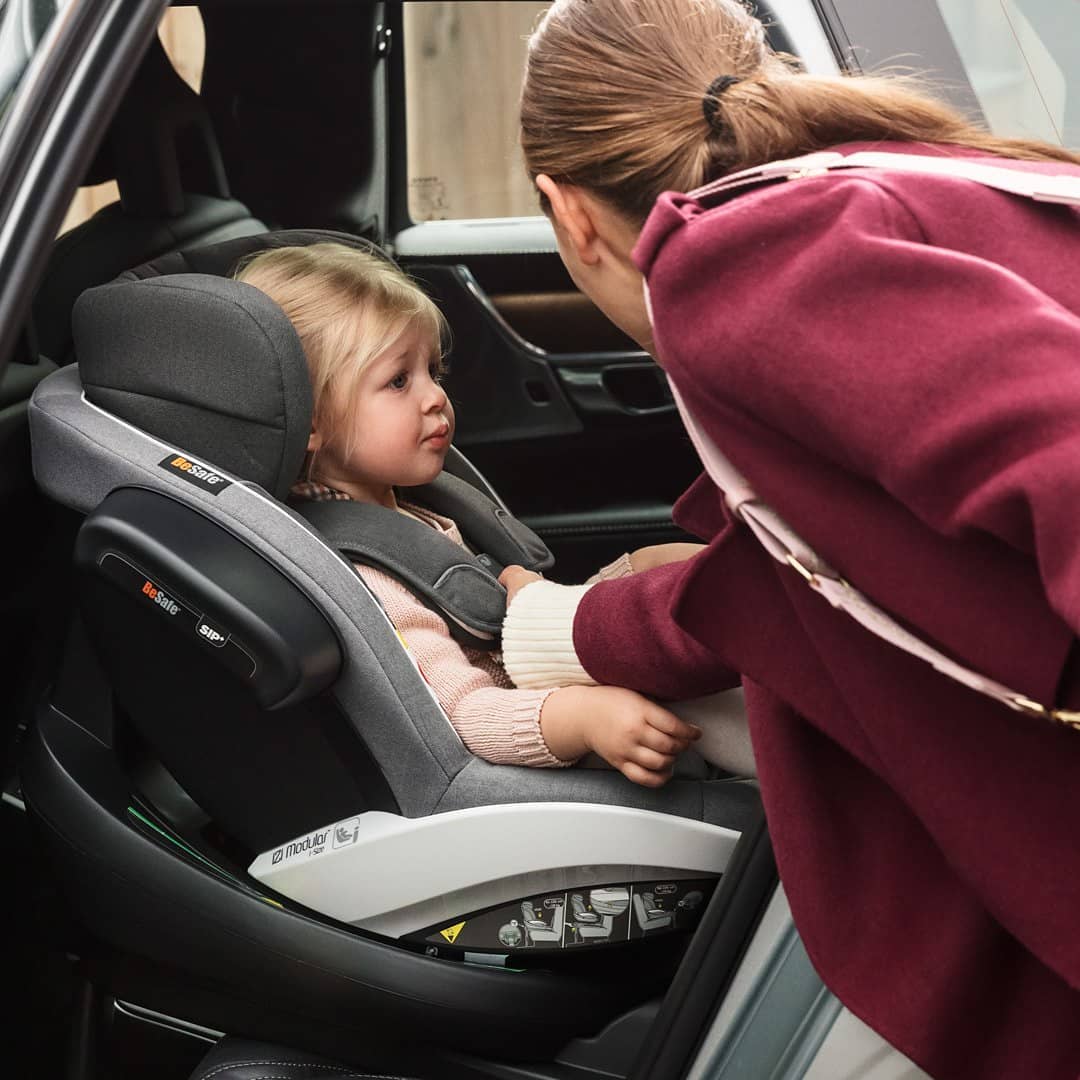
Another option is the BeSafe iZi Go Modular X1 i-Size ($469) seat, consisting of a baby and toddler seat as well as an ISOFIX base. Your little ones can sit in this AGR-certified, back-friendly car seat from birth up to about 12 months. Safety features include advanced protection for the head with the Dynamic Force Absorber, additional side impact protection, as well as a five-point harness. The wide harness belts and shoulder pads spread forces over a bigger area for increased safety.
Especially for babies, the seats have been designed with a newborn hugger containing a cleverly placed edge for stability support, and an optimised reclined angle. The newly designed head area provides more internal space for your baby’s head, and the internal harness and headrest are easily adjustable. Additionally, the car seat also has a sun canopy with UPF50+, and can be fitted onto most strollers to create a travel system.
Maxi-Cosi CabrioFix
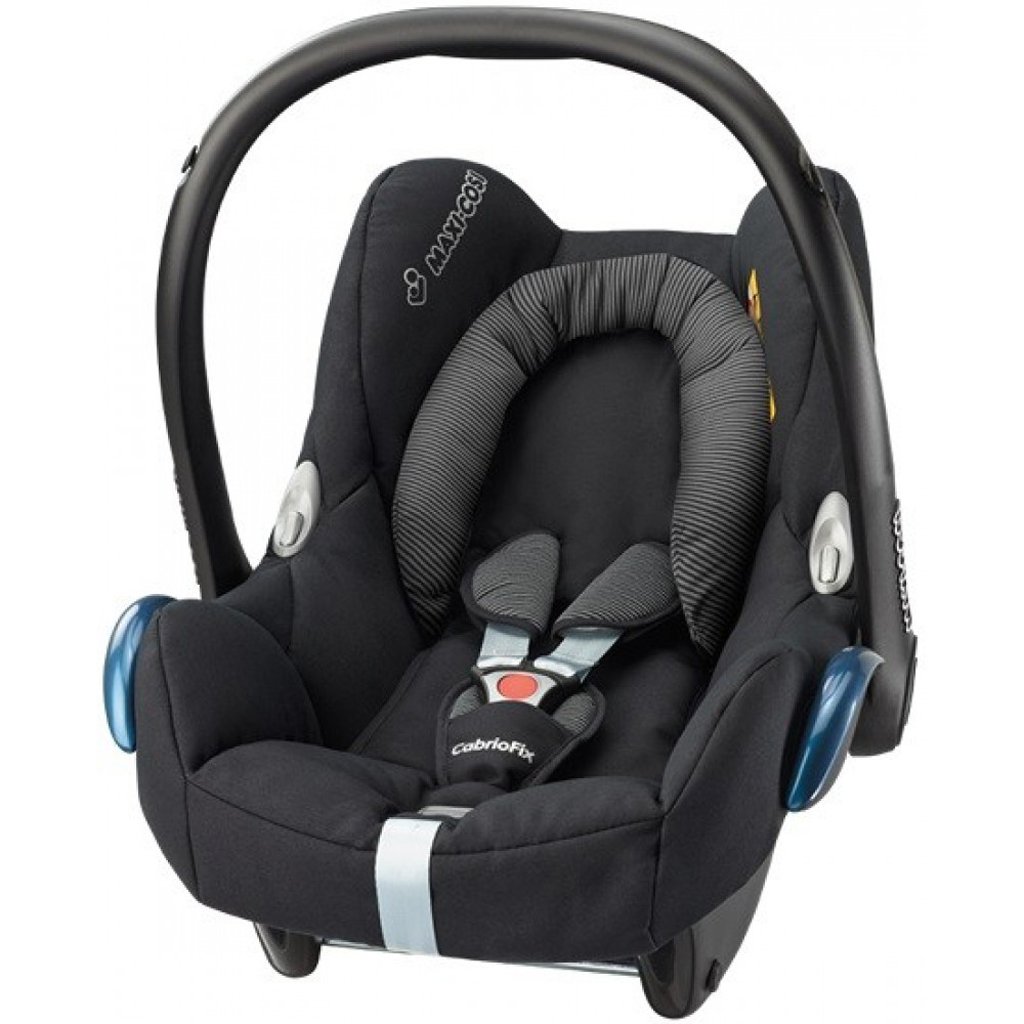
The Maxi-Cosi CabrioFix ($269) is compatible with Maxi-Cosi, Quinny and many other strollers. It’s lightweight and can be secured with the car seat belt or the Click & Go Maxi-Cosi base units. Fix the CabrioFix with the three-point seat belt or the ISOFIX base. Moreover, use this car seat from birth onwards, or up to 13kg. Also, you can remove the cover and wash and clean it in the washing machine. For optimal safety, the CabrioFix has been designed with side protection, and extra padding for your baby’s utmost comfort. In addition, the CabrioFix can also be put into five different positions.
Maxi-Cosi AxissFix Plus
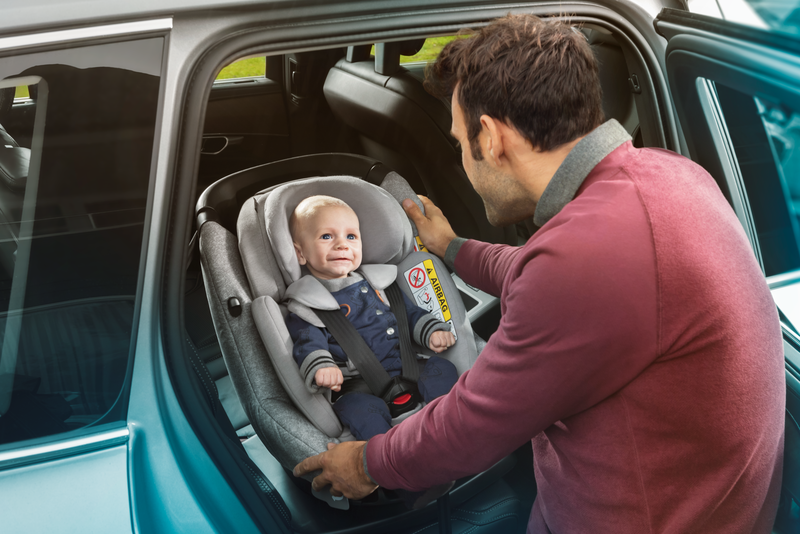
Suitable from birth up to four years, the Maxi-Cosi AxissFix Plus ($659) baby and toddler seat features top safety performance. Additionally, the seat complies with the latest i-Size car seat regulation (R129) and enhanced head and neck protection. Use the height indicator to switch configurations when your child is old enough, and change to forward-facing with a quick seat rotation. Moreover, the seat also features an adjustable headrest and recline.
Safety features include a cosy safety inlay for newborns, a top tether and ISOFIX installation, and a five-point restraint harness. Additional seat indicators guarantee you install the car seat properly. Meanwhile, the automatic safety belt system maintains a secure connection between the base and the seat.
Doona Infant Car Seat Stroller
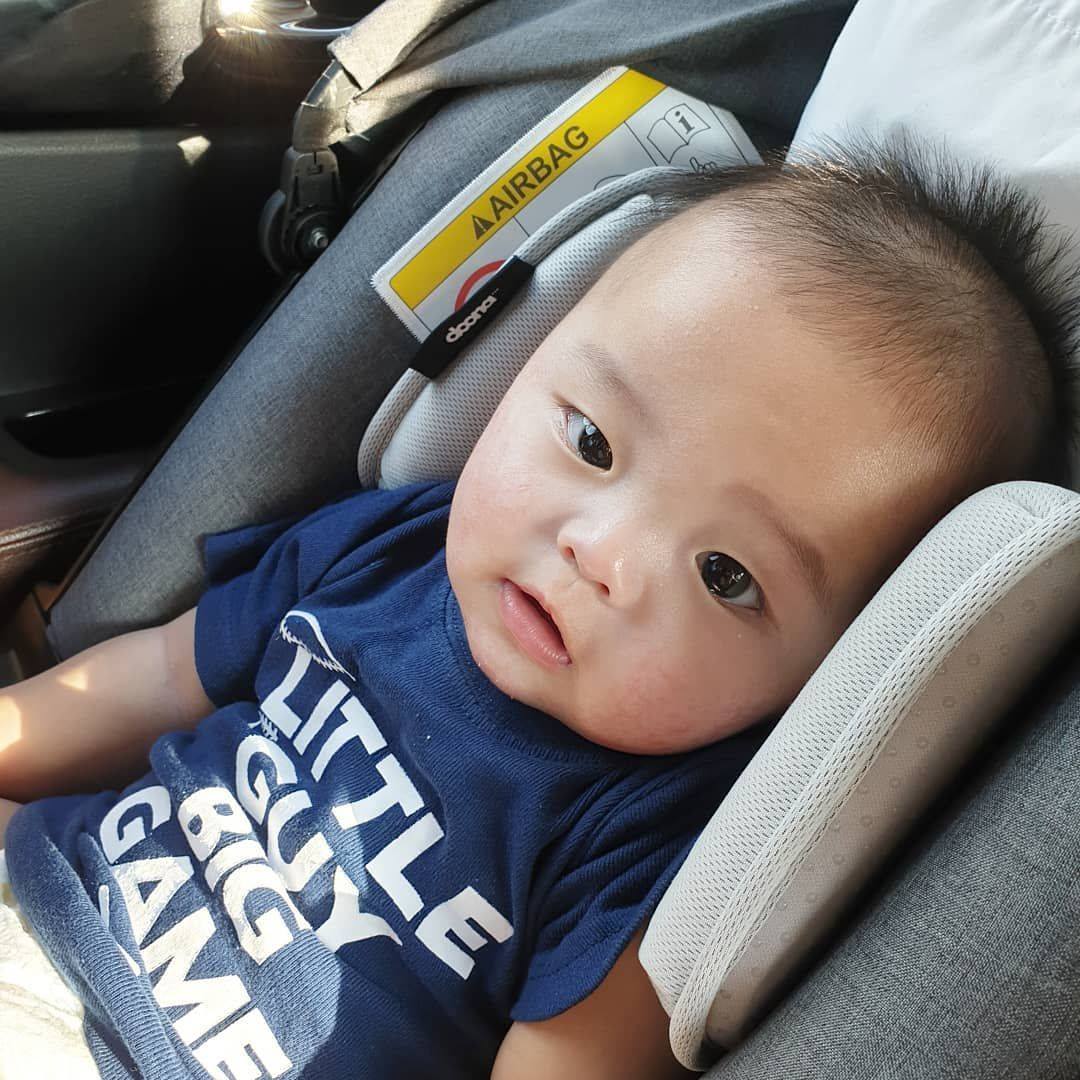
Perfect as a travel system combining both a car seat and the stroller, the Doona Infant Car Seat stroller ($639) is suitable for your newborn to use until he/she is 13kg. Additionally, you can use this with most cars with the ISOFIX or regular seatbelts. The award-winning Doona has passed all legally required compliance tests, having been checked in more than a hundred crash tests. The handle, placed against the back of the car seat, provides the baby with Anti-Rebound protection, absorbing the impact, and reducing rebound injuries.
Other features include fail-safes, to ensure the seat is used properly, a five-point harness, side impact protection, and using breathable, removable and washable textiles. Finally, the Doona is approved for air travel, but do check with your airline beforehand.
Car Safety for Older Children
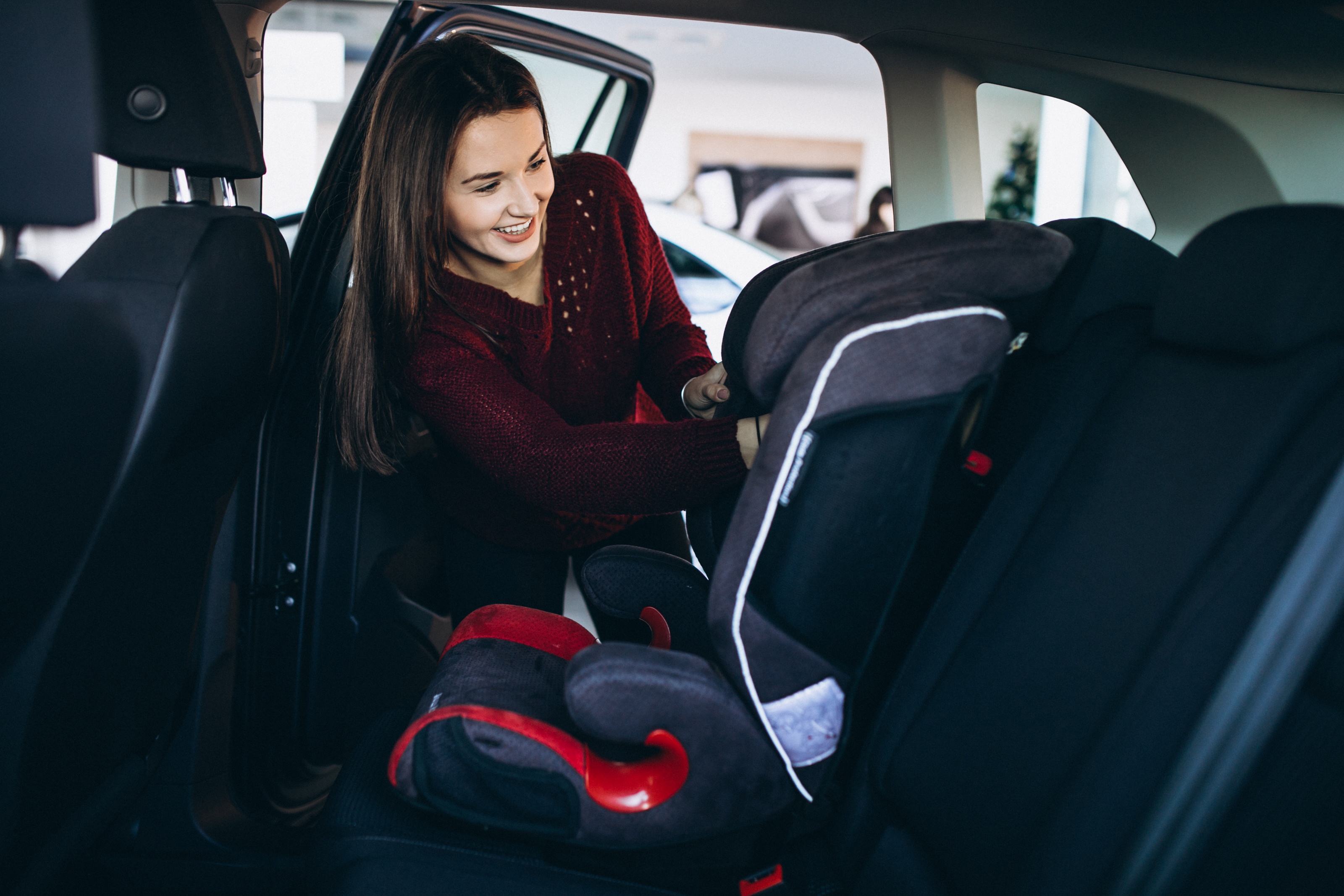
Ride rear-facing until your child reaches the highest weight or height stated by the car seat manufacturer, following which you can face the seat forward. Additionally, the harness straps should be at or above your child’s shoulders. Choose between a convertible seat or switch from an infant-only seat to a toddler car seat. Adapt the seat for toddlers, ensure the harness straps are at or above your child’s shoulders. By the time your child is around 18 to 36kg, use a booster seat instead, together with a lap and shoulder belt. The lap belt should land across the hips and pelvis, while the shoulder belt crosses the middle of your child’s chest and shoulder. After your child is 1.5m, between 8 to 12 years old, they can use an adult seat belt.
Relevant Reads: Developmental Milestones, Gifts for Expecting Mums and Newborn Care



